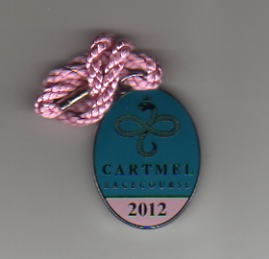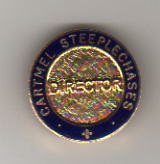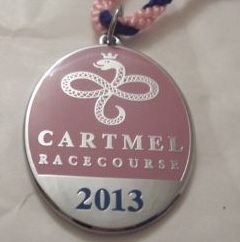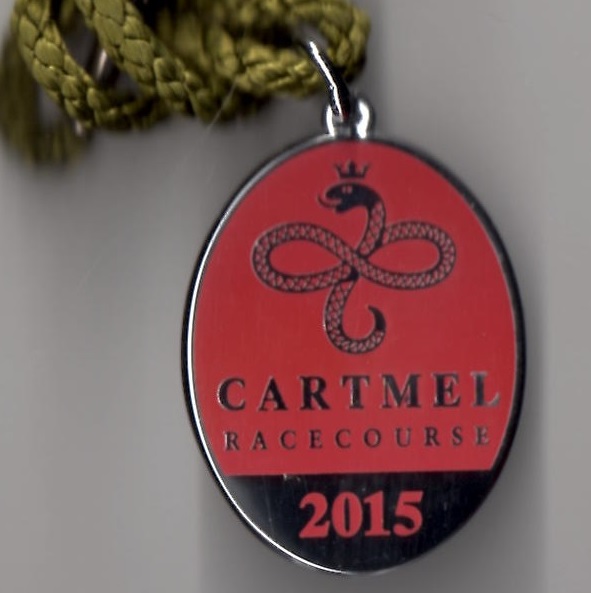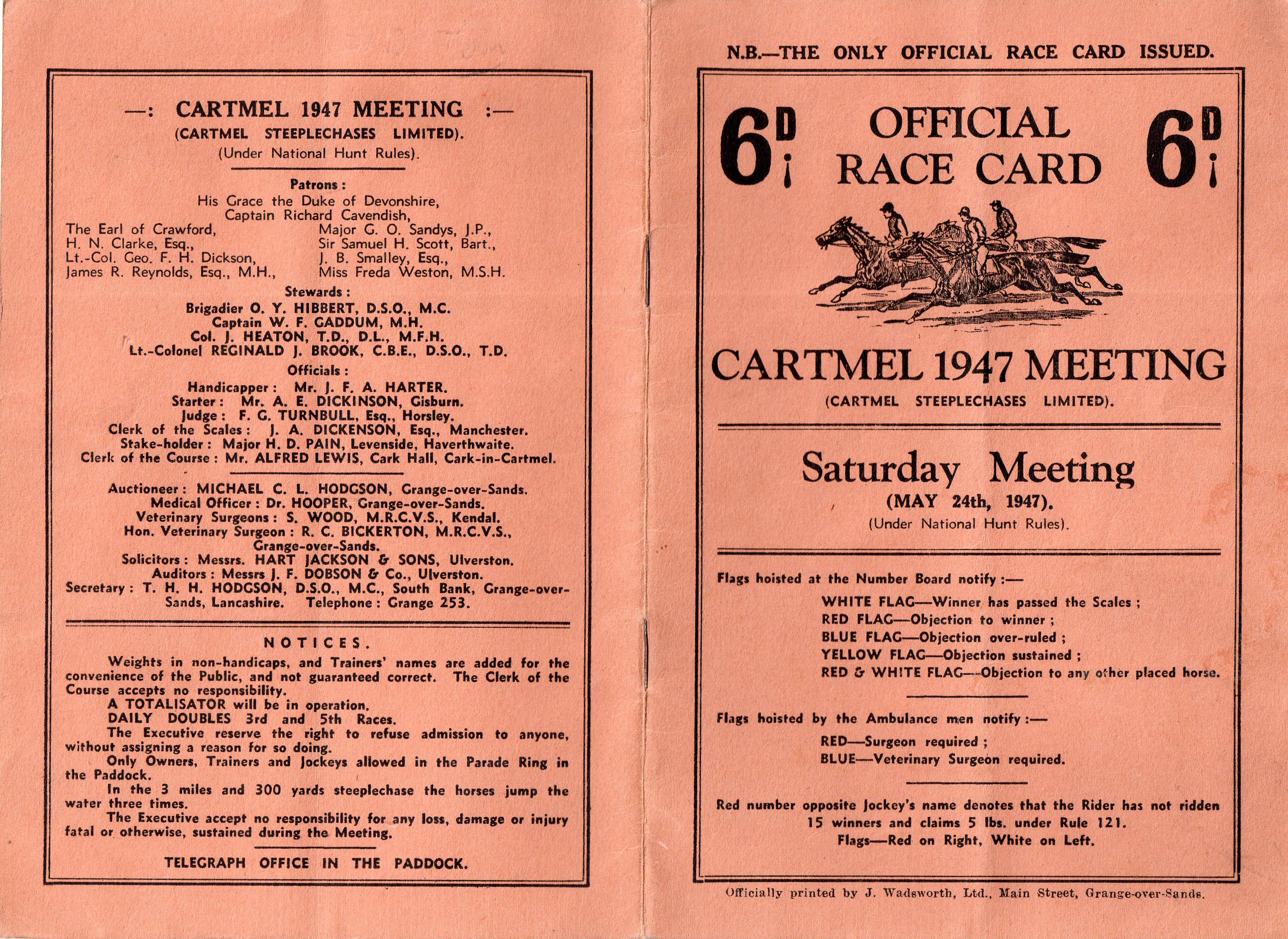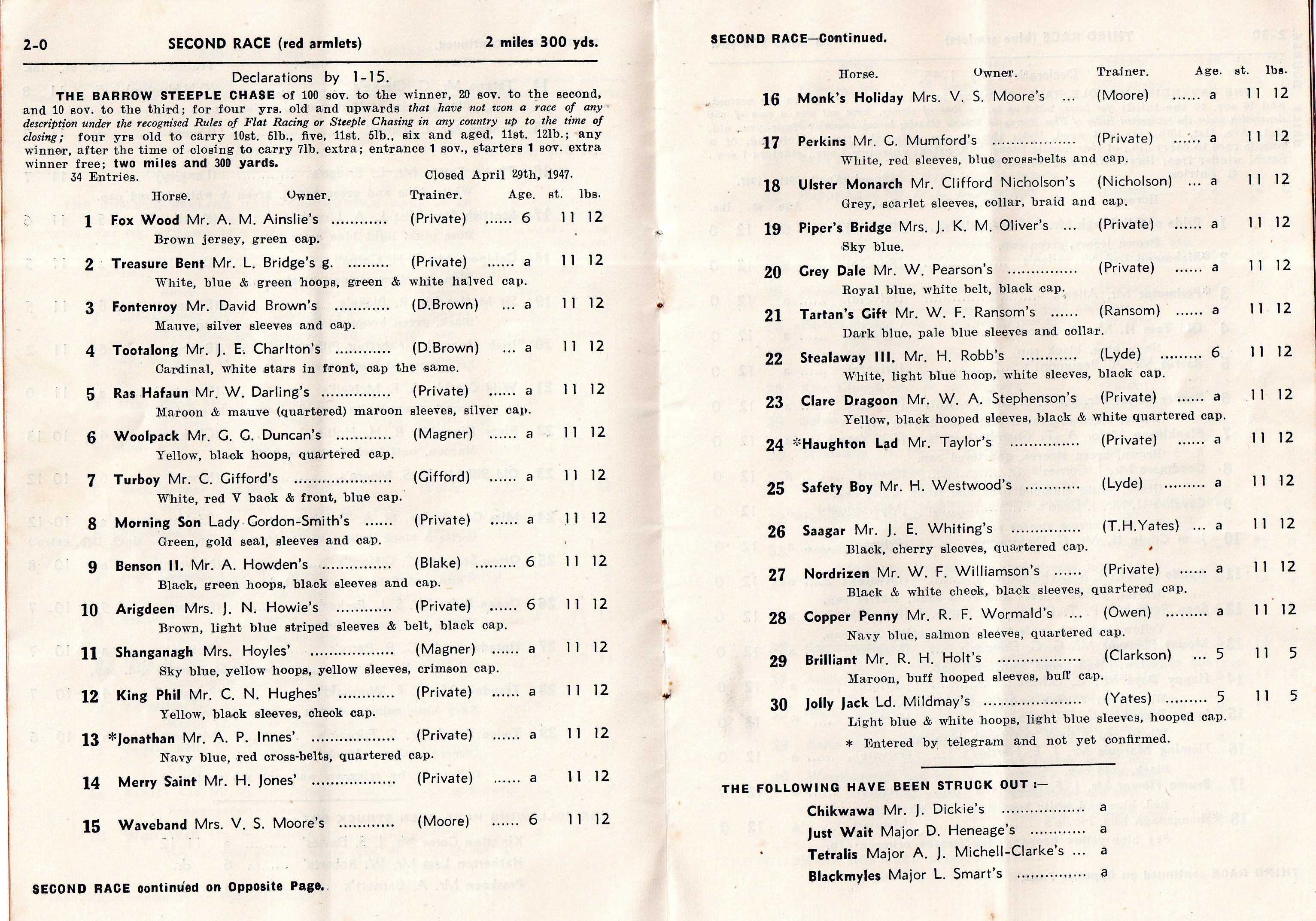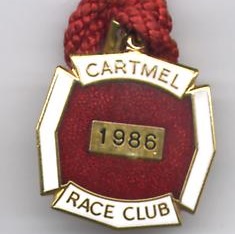
Although it is widely believed that monks from the Priory held races on the park in the 12th century, the earliest record of racing under rules in the vicinity of Cartmel was on the Cavendish Estate on Monday 12th May 1856 when a three race card was staged (Full race details shown below), with all 3 races won by Mr R Menzie’s Phoenix. Prior to this date races had taken place, as indicated by the extracts from the Workington Gazette shown below, but they were part of a wider celebration and included foot races and wheelbarrow races. On Monday 9th June 1862 the Tradesmen’s Plate was won by Rose of Raby after a number of heats, and the next year the first hurdle race, consisting of 4 hurdles, was won by Mountain Boy. By 1875 the first meeting under National Hunt rules was held, while 3 years later the races were rebranded as Cartmel Hunt, a name which was retained until 1925. It was in 1925 that the Cartmel Steeplechase Company was formed and set about the task of turning Cartmel into the wonderful course it is today. The famous fair, still held in the centre of the course today, came of age in 1955 with the introduction of the dodgems. Automatic weighing scales were introduced to Cartmel in 1962 after they were purchased from Buckfastleigh which had closed. Probably Cartmel’s most famous moment in history occurred in 1974 when Gay Future won a race at the meeting at 10/1 and was coupled in multiple bets with 2 other horses. Both of the other horses failed to run in their respective races, incurring the bookies a big payout. The Cartmel Race Club was formed by Terry Bray in 1980, limited to a maximum of 300 members, and the future of the racecourse was made secure with the formation and first meeting of the Directors of Cartmel Steeplechases Ltd on Monday 16th February 1998.
Currently the course offers 9 fixtures.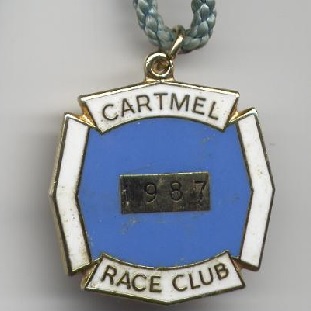
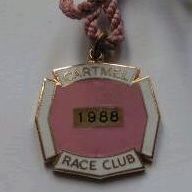

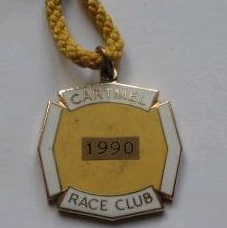
Workington once had its own racecourse which held infrequent meetings over a period of at least 130 years, the first of which was held on Wednesday 28th June 1699. These races took place on a piece of extra-parochial ground, near Workington, called ‘The Cloffock’. It was situated on the north side of the town, between the River Derwent and a small rivulet which completely surrounded it. The next year High Sheriff’s funds were given to Workington and Brough Marsh, with the Workington meeting taking place on Wednesday 26th June 1700 and the Brough Marsh meeting on Friday 19th July 1700. Meetings were organised intermittently for the next 130 years, with a particularly fruitful period between 1825 and 1830. An unusual 2 day meeting took place on Thursday 21st and Friday 22nd August 1828 when a large series of matches were run, after which a Handicap was formed. The results amply illustrate the benefits of a Handicap, because in the matches Collector beat Frizington Lass, Creeping Kate beat Frizington Lass, and Dunny beat Seaton Lass, but once the horses were accurately handicapped the winner was Frizington Lass. The final 2 day meeting took place on Thursday 29th and Friday 30th July 1830.
Friday 22nd August 1828
Workington Stewards’ Handicap
1. Frizington Lass, bay mare owned by Mr Mossop
2. Dunny, dappled mare owned by Mr Watson
3. Playful, bay horse owned by Mr Atkinson
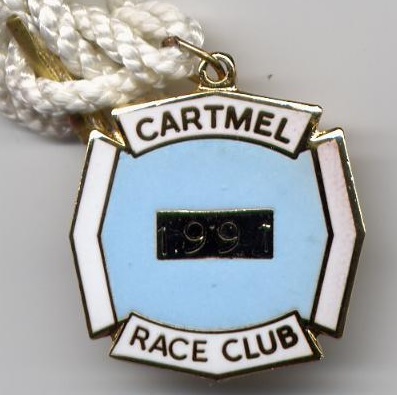
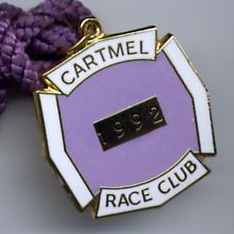

The cuttings given below are shown courtesy of the Workington Gazette (Saturday 21st May 1853) and the British Library Online.
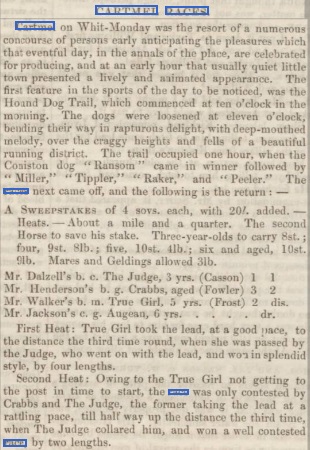

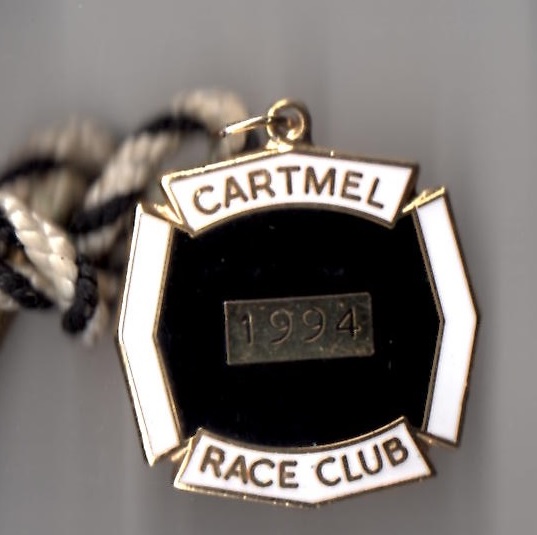
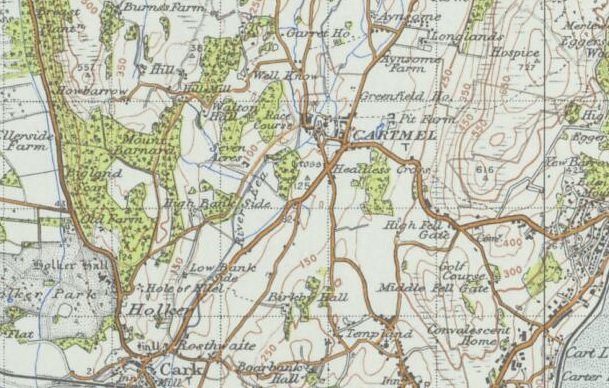
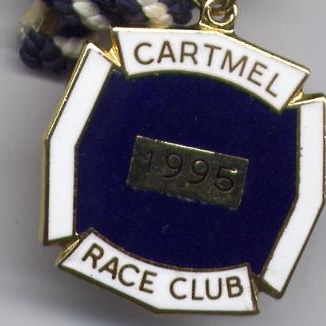
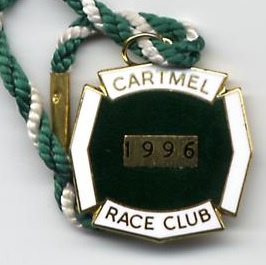
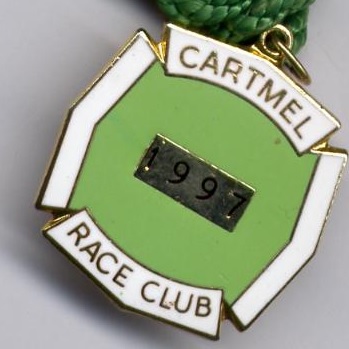
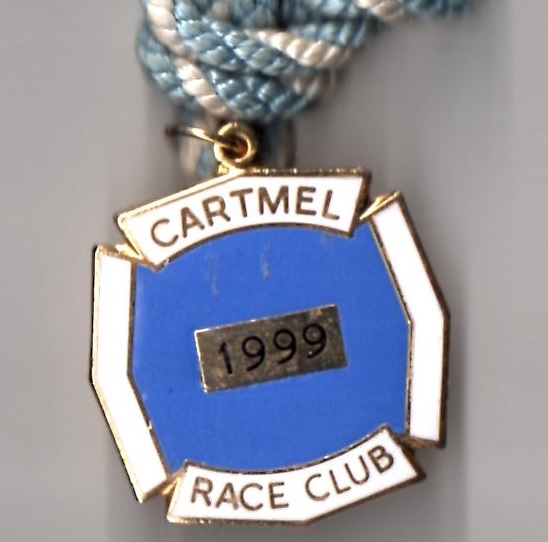
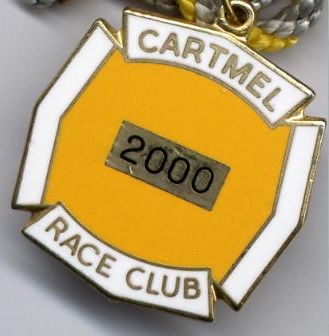
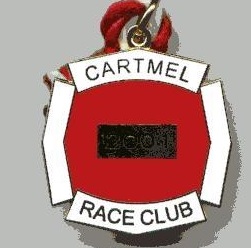
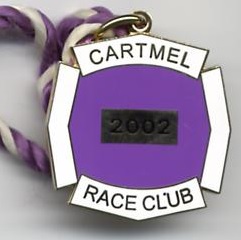
Monday 12th May 1856
Cartmel Sweepstakes over 1 ¼ miles
£4 each with £20 added to the stake
1. Phoenix, chestnut horse owned by Mr R Menzie
2. Prince, bay gelding owned by Mr McAdam
3. Janet Pride, bay filly owned by Mr Percival
4. Anglo, brown horse owned by Mr Brown
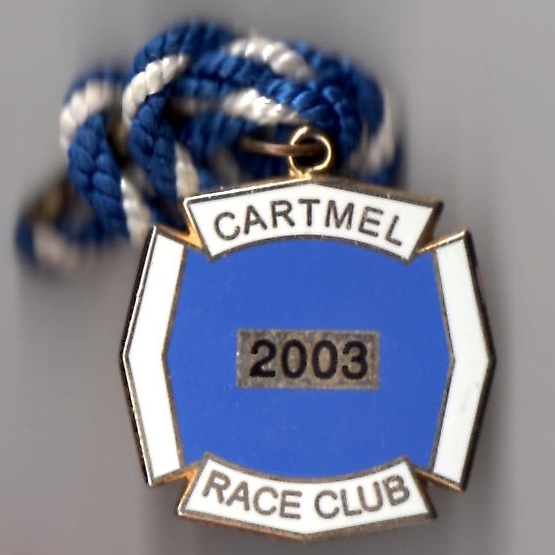
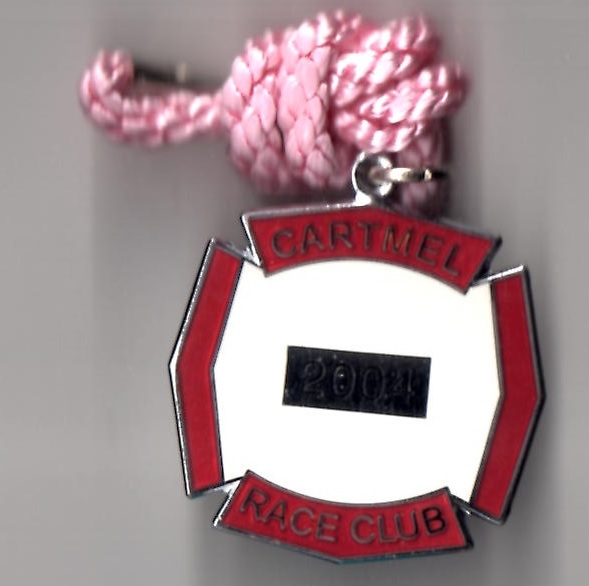
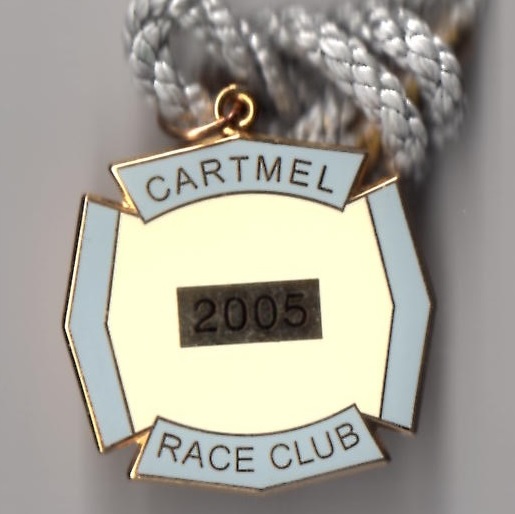
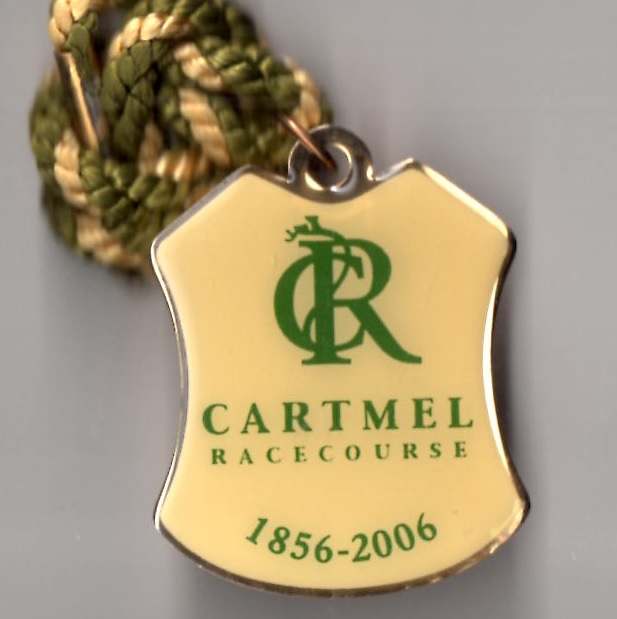
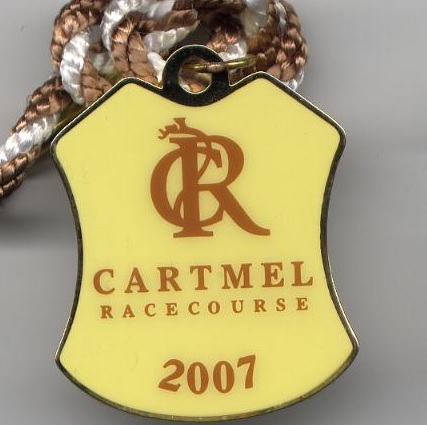
Monday 12th May 1856
Cartmel Innkeepers Stakes over 1 ¼ miles
1. Phoenix, chestnut horse owned by Mr R Menzie
2. Prince, bay gelding owned by Mr McAdam
3. Bird in the Bush, bay horse owned by Mr Percival
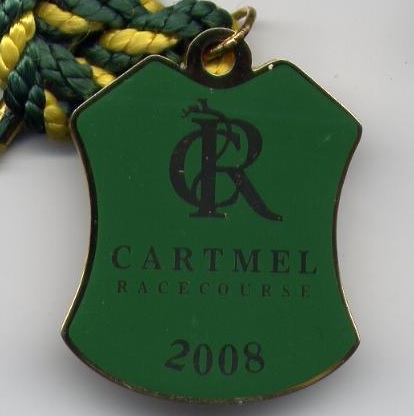
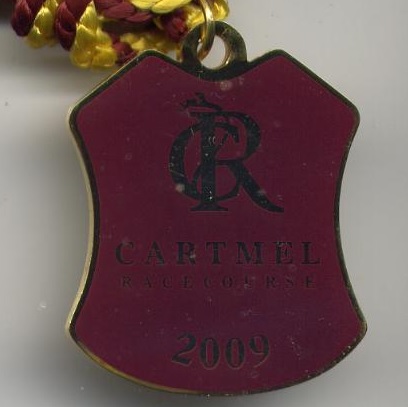
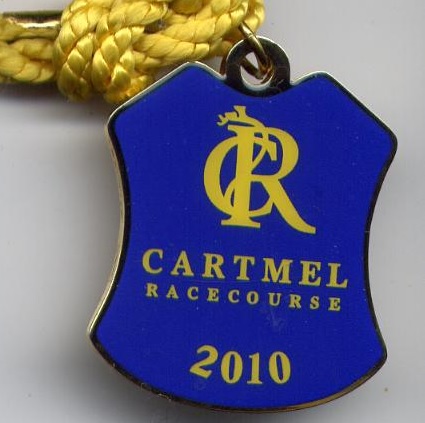
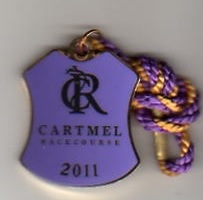
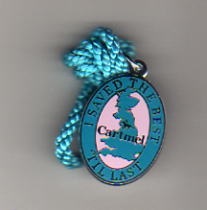
Monday 12th May 1856
Cartmel Tradesmens’ Stakes over 1 ¼ miles
1. Phoenix, chestnut horse owned by Mr R Menzie
2. Anglo, brown horse owned by Mr Brown
3. Janet Pride, bay filly owned by Mr Percival
